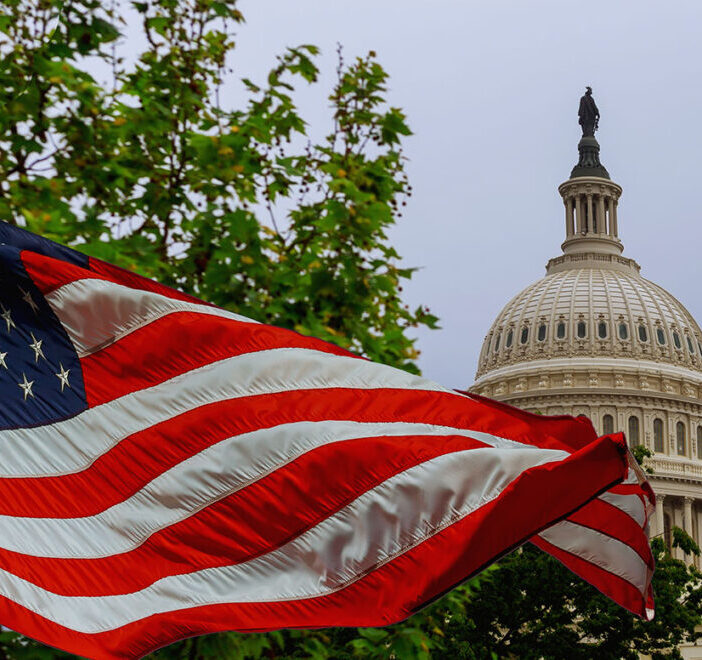$24.5B in Phase 3 Provider Relief Begins Arriving Dec. 16
The Phase 3 distribution was open to a broad array of provider types including, but not limited to: assisted living, adult day programs, home and community-based service providers, and of course, nursing homes, hospitals, dentists and physicians. Originally, $20 billion in PRF was set aside for the Phase 3 distribution but as HHS reviewed the applications, it realized that some providers had accrued lost revenues and additional coronavirus expenses much greater than the original amount set aside. The good news is that HHS was able to obtain approval to add $4.5 billion more to this distribution to meet more of providers’ relief needs.
Payments to providers began arriving in bank accounts on December 16 and will continue going out to providers through January 2021 as application quality reviews and Optum payment set ups are completed. So, if providers don’t see a payment on December 16, it doesn’t mean they won’t receive one from the Phase 3 General Distribution. However, providers should make sure that they have their Optum account set up completed. Unless this account is established, the payments cannot be distributed and will be held until the account is set up.
Providers who receive funds will need to attest to receipt of the funds and the terms and conditions within 90 days of when they receive the funds. As these are a General Distribution payment, they will be subject to the reporting requirements posted by HHS in November. Under the current guidance, providers have until June 30, 2021 to spend the funds on coronavirus expenses and lost revenues.
Once the Phase 3 distribution is complete, it is our understanding that about $35-40 billion of Provider Relief Funds will remain. This should bode well for potential, future distributions to meet providers’ additional coronavirus expenses and lost revenues for the third and fourth quarters of 2020.
In related news, if Congress is able to pass the Bipartisan COVID-19 relief package currently under consideration, an additional $35 billion will be added to PRF Fund. The bill also includes some PRF policy changes. Of note, it proposes to change how lost revenues can be calculated allowing providers to use “any reasonable method, including …the difference between the budgeted and actual revenue” and to identify lost revenues on a monthly, quarterly and/or annual basis. This is different from the approach in the current HHS reporting requirements and would require a provider organization’s CFO to report in its lost revenues within 90 days of receiving PRF funds. If this change is signed into law, it would appear to make it easier for providers to normalize their 2019 and 2020 revenues to identify a more true lost revenue calculation. Other policy languages would allow PRF to be transferred among parent organizations and their subsidiaries, and would allow HHS to prioritize distributing funds to providers in bankruptcy or at-risk of imminent closure, or who were underrepresented in prior distributions.

Most Recommended
October 15, 2025
 Shutdown Week Three: Impact of Ongoing Closure on Affordable Housing
Shutdown Week Three: Impact of Ongoing Closure on Affordable Housing
December 10, 2025
Fiscal Year (FY) Funding 2026
October 07, 2025
Immigrant Workforce Matching Program Brings Workforce Relief
Recently Added
December 19, 2025
House Moves Forward on Affordable Housing Reforms
December 19, 2025
White House Cannabis EO Paves Way for Research, Access
December 19, 2025
LeadingAge Urges DHS to Maintain "Public Charge" Guardrails
December 18, 2025



